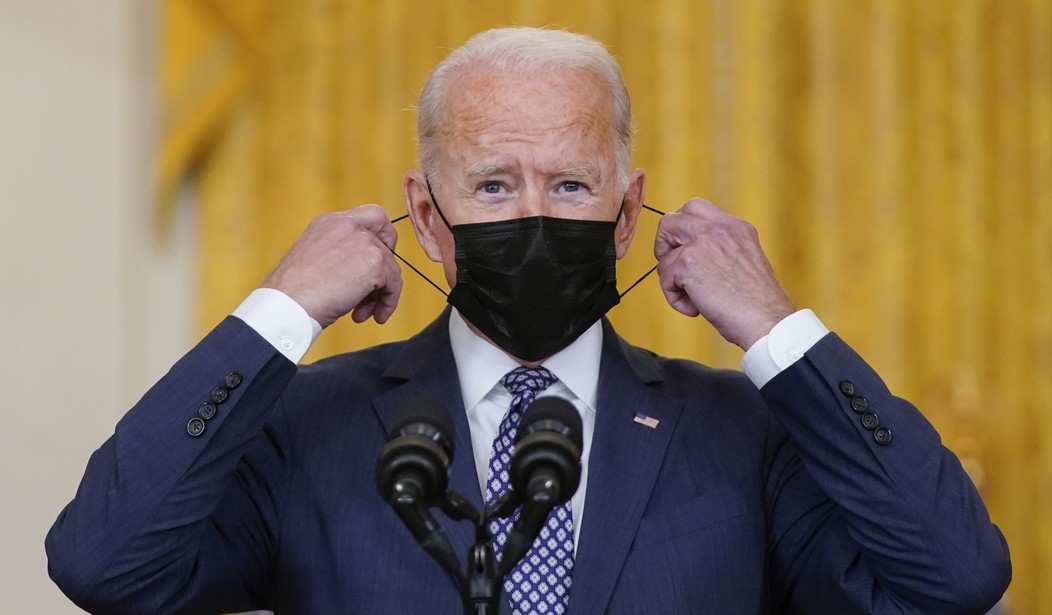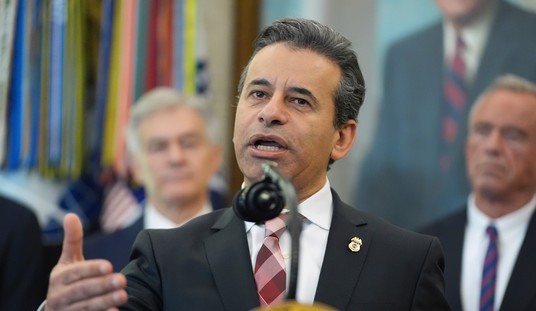With the Canadian wildfires affecting various portions of the United States, many are wondering how to protect themselves from the smoky air. The New York Times has selflessly chimed in on this question, and in doing so, accidentally admitted just how pointless masking during the COVID-19 pandemic was.
“Today’s the day to put that mask back on,” declared Claire Moses of the New York Times on Wednesday. “As smoke from wildfires in Canada drifts over large parts of the United States, the best thing to do to prevent breathing in pollutants on Wednesday is to stay indoors. For many people, of course, that’s impossible. So if you do have to brave the outdoors, putting on a mask is the next best thing.”
When have we heard that one before?
“But beware,” Moses continues, “not all masks work equally well. A surgical mask, scarf or bandanna won’t do much to keep you from breathing in pollutants. N95 masks can filter tiny particles that are less than 0.3 micrometers. By comparison, the width of a single human hair is approximately 60 micrometers, according to California’s health department.”
According to various reports, smoke from the Canadian wildfires produces particulate matter 2.5 microns and smaller. Of course, some may be larger as well.
According to a Mayo Clinic expert, the COVID virus is roughly 0.12 microns in size.
Do the math: if your typical store-bought surgical mask can’t protect you from particulate matter roughly 2.5 microns in size, how exactly was it protecting you from the much smaller COVID virus? Obviously, it wasn’t. Of course, this isn’t earth-shattering news to those who followed the science and read the studies showing that face masks had no impact on COVID transmission. Nor to those who saw the Fauci emails that were released via FOIA request in which he acknowledged, “The typical mask you buy in the drug store is not really effective in keeping out virus, which is small enough to pass through the material.”
Of course, the next question is, what about those N95 masks? Well, as we’ve stated before here at PJ Media, even those masks weren’t particularly effective at slowing down COVID transmission, and their usefulness against wildfire smoke depends largely on them being worn properly. If they’re not properly fitted or don’t create a tight seal around the face, their usefulness against wildfire smoke is greatly diminished.
But, the moral of this story is that the New York Times accidentally admitted that the face masks millions of Americans were shamed into wearing for nearly three years couldn’t stop or slow the spread of COVID.










Join the conversation as a VIP Member